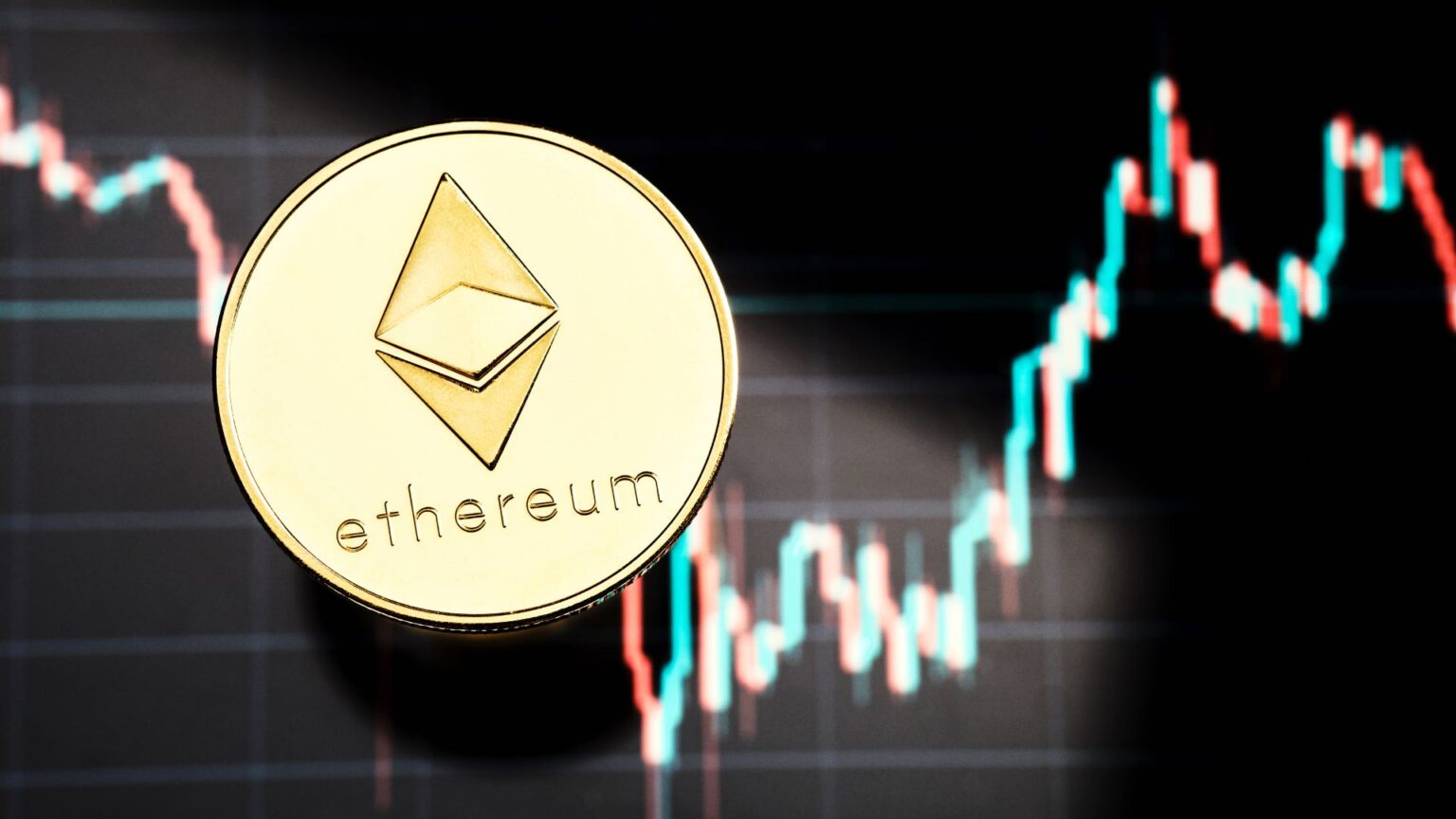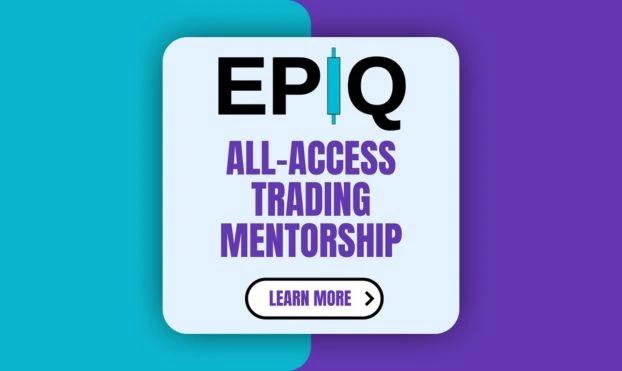August 2024 has been a tough month for Ethereum (ETH), marking its worst performance since August 2020. The cryptocurrency, which has long been a cornerstone of the decentralized finance (DeFi) and smart contract ecosystems, has faced significant challenges, leading to a noticeable decline in its price and market sentiment. A recent report by a prominent researcher has brought to light crucial metrics that underline the difficulties Ethereum has encountered this month. In this blog post, we’ll explore the key factors contributing to Ethereum’s poor performance, analyze the implications for the broader crypto market, and discuss what traders and investors can expect moving forward.
1. The Worst Month Since 2020: A Look at the Numbers
According to the report, Ethereum’s performance in August 2024 has been the worst it has seen since August 2020. During this month, ETH experienced a sharp decline, with its price dropping by over 20%. This significant downturn has raised concerns among investors and market participants, especially considering Ethereum’s pivotal role in the crypto space.
Several factors have contributed to this decline. One of the primary reasons is the broader market downturn, which has affected many cryptocurrencies, not just Ethereum. Additionally, the heightened regulatory scrutiny on the crypto industry has added to the bearish sentiment, leading to reduced investor confidence and selling pressure.
2. Crucial Metrics Highlighted by Researchers
The report highlights several key metrics that shed light on Ethereum’s current struggles. One of the most critical metrics is the decline in on-chain activity, which includes the number of transactions, active addresses, and the total value locked (TVL) in DeFi protocols. These metrics have shown a noticeable drop, indicating a decrease in network usage and investor participation.
Another important metric is the decrease in Ethereum’s market dominance. As other Layer 1 and Layer 2 solutions gain traction, Ethereum’s share of the overall crypto market has declined. Competitors like Solana, Avalanche, and Binance Smart Chain have been gaining ground, offering faster and cheaper alternatives to Ethereum’s network. This shift in market dynamics has further contributed to Ethereum’s recent underperformance.
The report also points out the declining interest in non-fungible tokens (NFTs), which are predominantly built on the Ethereum blockchain. The NFT market, which saw explosive growth in 2021 and early 2022, has cooled off significantly, leading to reduced demand for ETH, the primary currency used for buying and selling NFTs.
3. Impact on the Broader Crypto Market
Ethereum’s struggles have had a ripple effect on the broader crypto market. As the second-largest cryptocurrency by market capitalization, Ethereum’s performance often sets the tone for other altcoins. The decline in ETH’s price has led to a broader market correction, with many altcoins following suit.
Moreover, the reduced activity on the Ethereum network has implications for the DeFi sector. Many DeFi projects rely on Ethereum’s blockchain for their operations, and a decline in network usage could lead to lower liquidity and reduced innovation in the space. This, in turn, could slow down the growth of the broader DeFi ecosystem, which has been one of the most promising sectors in the crypto industry.
4. What’s Next for Ethereum?
Despite the challenges, there is still hope for Ethereum. The upcoming Ethereum 2.0 upgrade, which aims to transition the network from a proof-of-work (PoW) to a proof-of-stake (PoS) consensus mechanism, could provide a much-needed boost to the network. The upgrade is expected to improve Ethereum’s scalability, reduce transaction fees, and lower the network’s energy consumption, making it more competitive with other blockchain networks.
In addition, the continued development of Layer 2 solutions, such as Optimism and Arbitrum, could help alleviate some of the congestion on the Ethereum network, further enhancing its usability and appeal to developers and users.
However, Ethereum’s recovery will likely depend on the broader market sentiment and regulatory developments. Investors should keep a close eye on these factors as they consider their positions in ETH and the broader crypto market.
Conclusion: Navigating the Challenges
August 2024 has been a challenging month for Ethereum, but the long-term potential of the network remains strong. Traders and investors should stay informed and be prepared to adapt to the changing market dynamics. The key to navigating these challenges lies in understanding the underlying metrics and being aware of the broader market forces at play.
For those looking to stay ahead in the ever-evolving crypto landscape, the Parqué EPIQ offers real-time market analysis, expert insights, and a comprehensive trading toolkit to help you make informed decisions. Join our community today and start your 3-day risk-free trial to gain access to the tools and knowledge you need to succeed in the world of crypto trading.
Descargo de responsabilidad: Todo el contenido de este blog es meramente informativo y no debe considerarse asesoramiento financiero. Investigue siempre por su cuenta antes de tomar cualquier decisión de inversión.










Respuestas